Is it too late for Thailand’s dugongs?
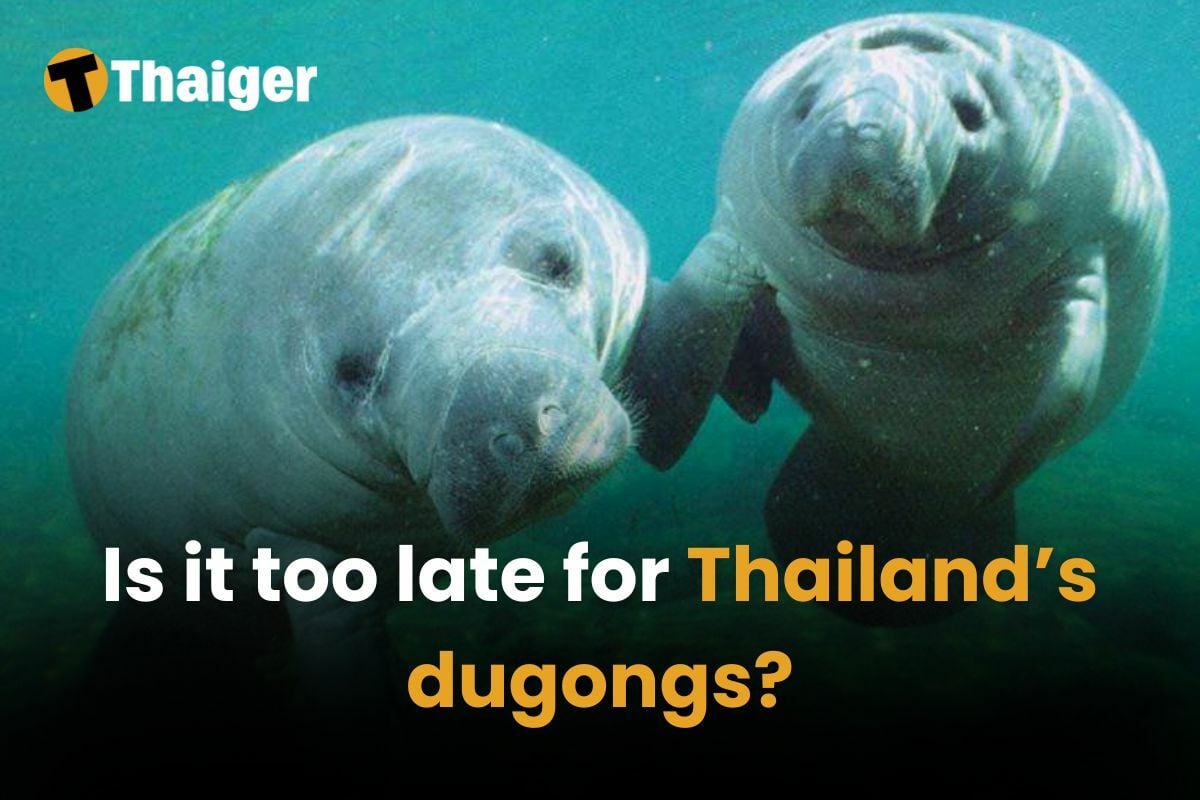
Long ago, dugongs were hunted across Southeast Asia for their meat, tusks, and bones. In some regions, their body parts were thought to hold magical powers. Dugong tears, in particular, were said to bring good fortune or even love. But in Thailand, these gentle sea cows often inspired more reverence than harm. Along the Andaman coast, dugongs became symbols of love, gentleness, and the health of the sea. Local myths portrayed them as protectors of the ocean, and their presence was seen as a sign of thriving waters.
Today, however, the dugong still cries—not from folklore, but from the vanishing seagrass meadows they depend on for survival. Once abundant in the shallow, turquoise waters of southern Thailand, these vital habitats are disappearing due to pollution, coastal development, and climate change. Dugongs now face the very real threat of extinction. Experts warn that if urgent action isn’t taken, dugongs in the Andaman Sea could vanish entirely within five years.
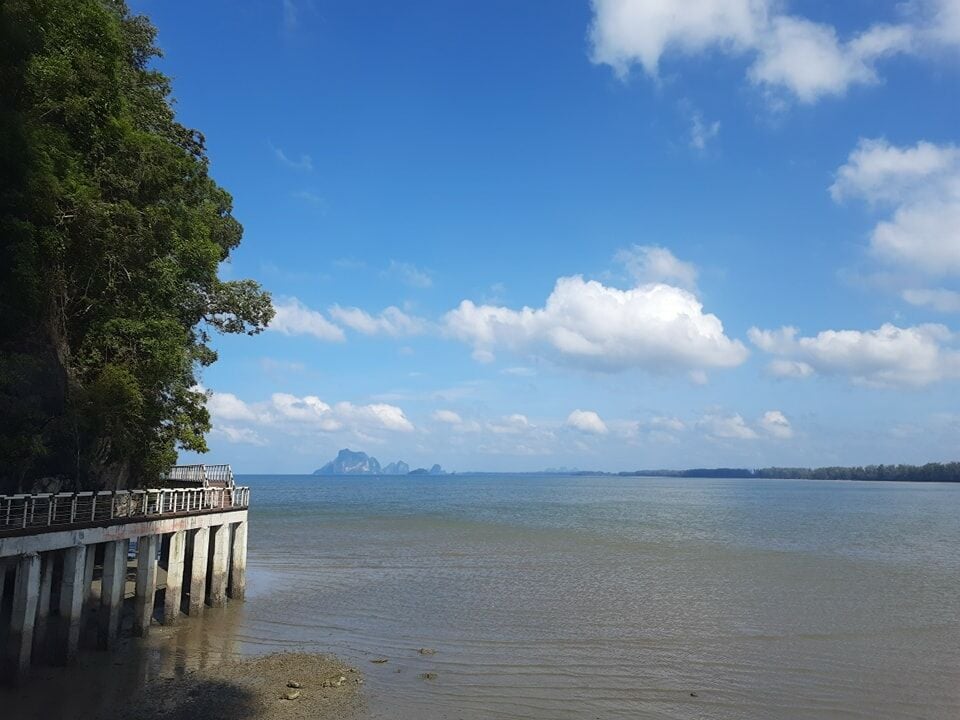
The primary cause behind this crisis is the degradation of seagrass meadows, the dugongs’ main food source. Once abundant in areas such as Hat Chao Mai National Park and Moo Koh Libong Marine Park Reserve in Trang Province, Seagrass beds have shrunk dramatically due to ocean pollution, coastal development, and climate change. Without these critical habitats, the future for Thailand’s dugongs looks bleak.
A fragile species on the brink
These gentle giants glide through the turquoise waters of the Andaman Sea. Beneath the surface lies a meadow of emerald-green seagrass, swaying gently with the currents. Surrounded by this serenity, the Dugongs graze silently. This underwater paradise is their sanctuary, yet it is disappearing.
Dugongs, are closely related to manatees and are found in shallow coastal waters of the Indian Ocean and the Western Pacific. Known for their gentle demeanour and herbivorous diet, they rely exclusively on seagrass for sustenance, consuming up to 40 kilogrammes of it per day. In Thailand, an estimated 200 to 250 dugongs remain, with most concentrated around Trang Province, where the richest seagrass meadows are located.
However, dugongs in Thailand face unique pressures compared to their counterparts in regions like Australia. They live perilously close to human activity, making them particularly vulnerable to fishing nets, boat collisions, and habitat destruction.
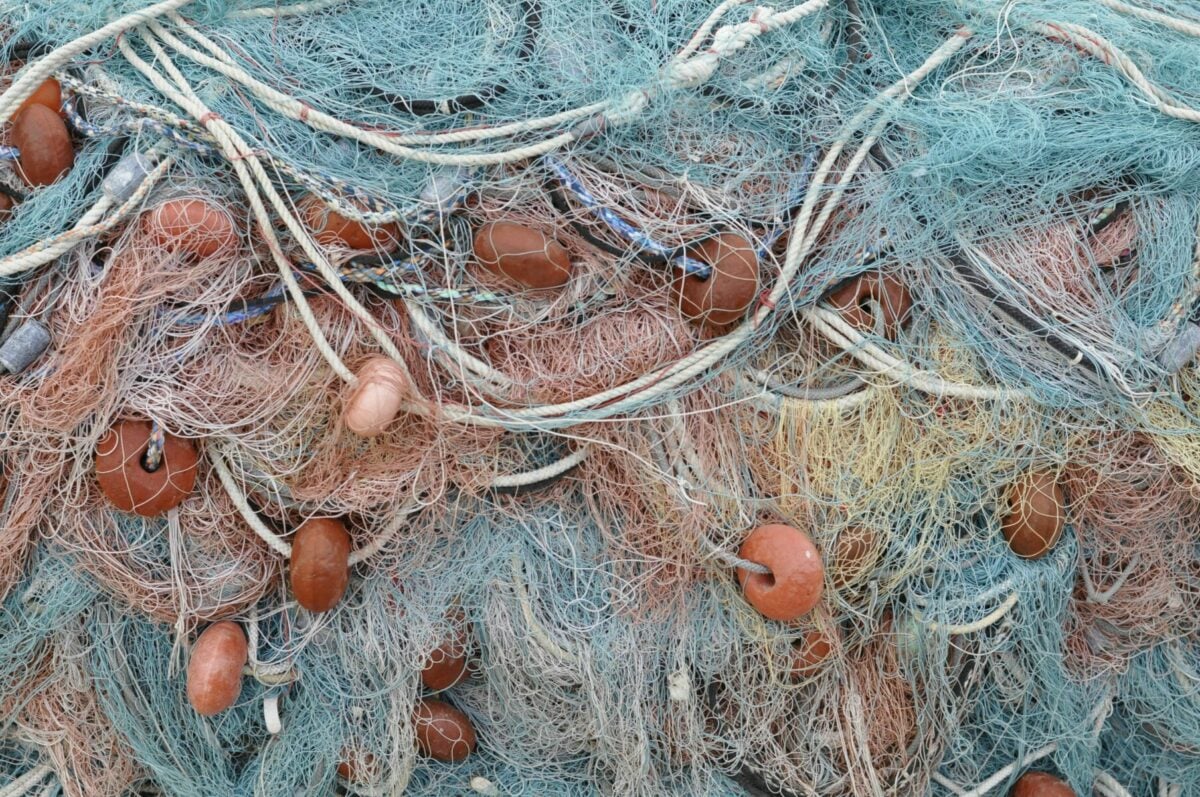
The loss of seagrass meadows sometimes referred to as the lungs of the sea has been especially devastating. These underwater plants not only provide food for dugongs but also act as carbon sinks and nurseries for other marine life.
In recent years, nearly half of Thailand’s seagrass reserves have been lost. Heavy monsoon rains and runoff from agriculture and urban areas bring sediment, pollutants, and nutrients into the ocean, triggering algae blooms that block sunlight and suffocate seagrass.
Coastal construction and untreated wastewater further exacerbate the problem. Meanwhile, the effects of climate change—including rising sea temperatures, acidification, and shifting currents—add another layer of complexity, making it harder for seagrass meadows to recover.
The key to dugong conservation is community action
While much of the focus has been on national conservation programs, local communities in Thailand have also stepped up to protect dugongs and their habitats. For example, in Libong Island, villagers have adopted more sustainable fishing practices to reduce accidental dugong entanglements in fishing gear.
This coastal community, situated in the heart of Trang’s seagrass meadows, also engages in eco-tourism initiatives, offering dugong-spotting tours that raise awareness while providing alternative livelihoods for fishermen.
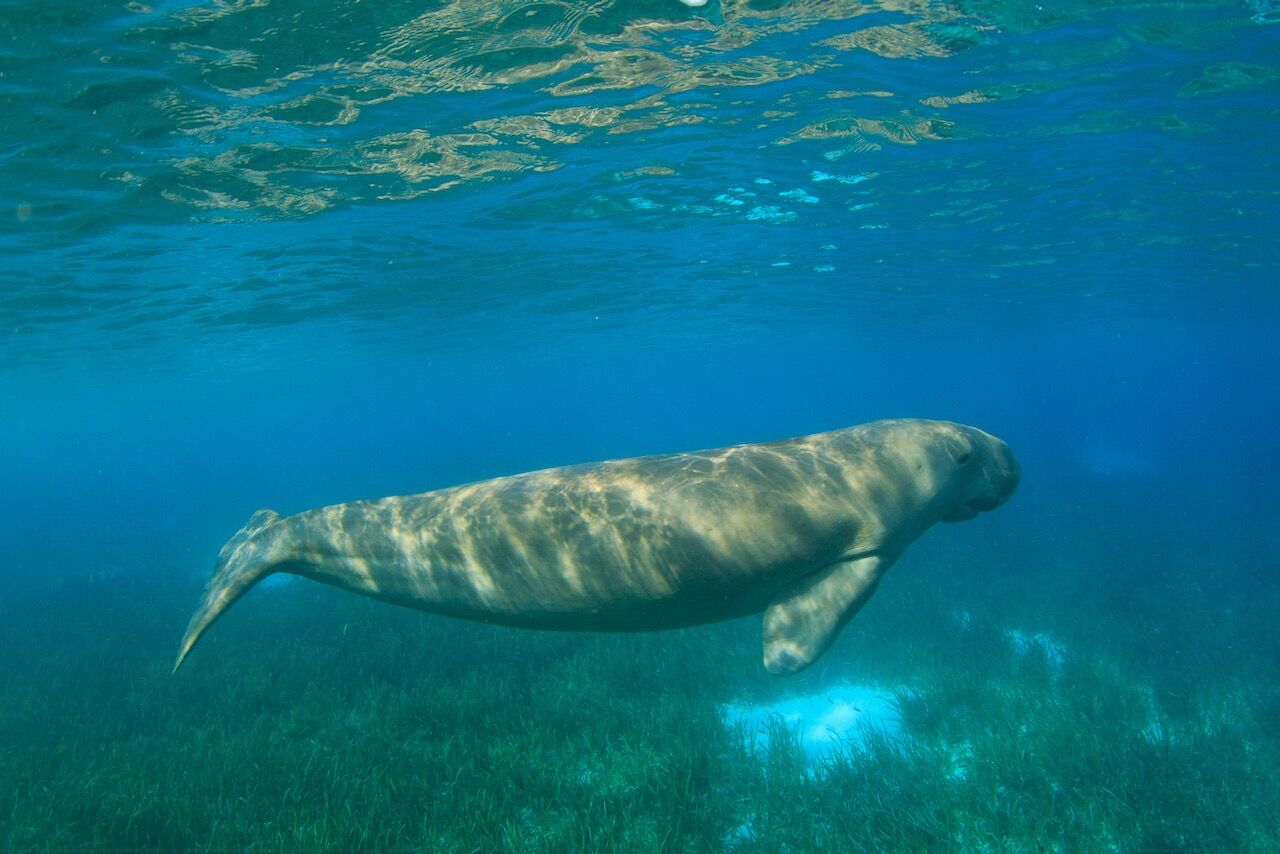
Other efforts include community-driven seagrass restoration projects in Trang and Rawai, Phuket, where residents have joined forces with conservationists to replant damaged seagrass meadows. These grassroots programmes not only ensure the survival of dugongs but also strengthen the bond between people and the marine ecosystems they rely on.
Can the dugongs be saved?
Despite the challenges, there is hope. Efforts are underway in Thailand and beyond to restore seagrass habitats and reduce threats to dugongs. The Department of Marine and Coastal Resources (DMCR) has initiated programs to protect remaining dugong populations, including the designation of Marine Protected Areas (MPAs) and the establishment of monitoring systems to track dugong movements. Some areas have been designated as seagrass restoration zones, where conservation teams work to reseed and rehabilitate degraded meadows.
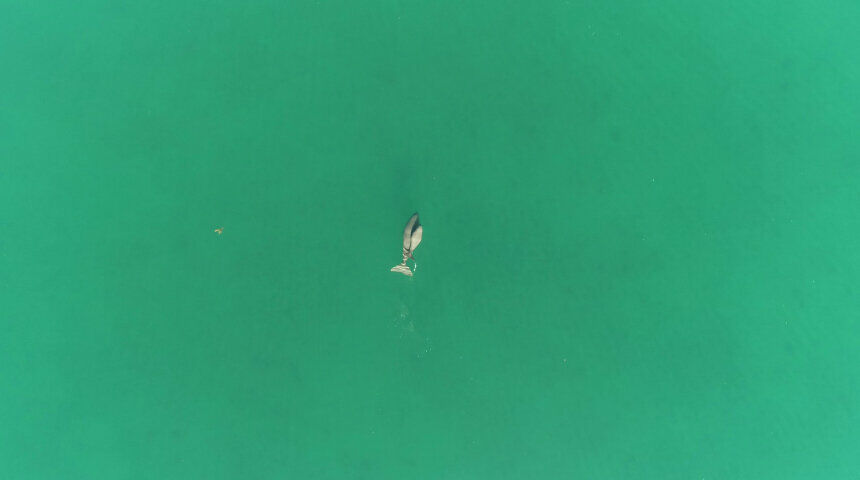
Technological innovations have also been introduced. For example, unmanned aerial vehicles (UAVs) have been deployed to monitor dugong populations and detect illegal fishing practices in sensitive areas. These drones provide valuable data that can inform better management practices.
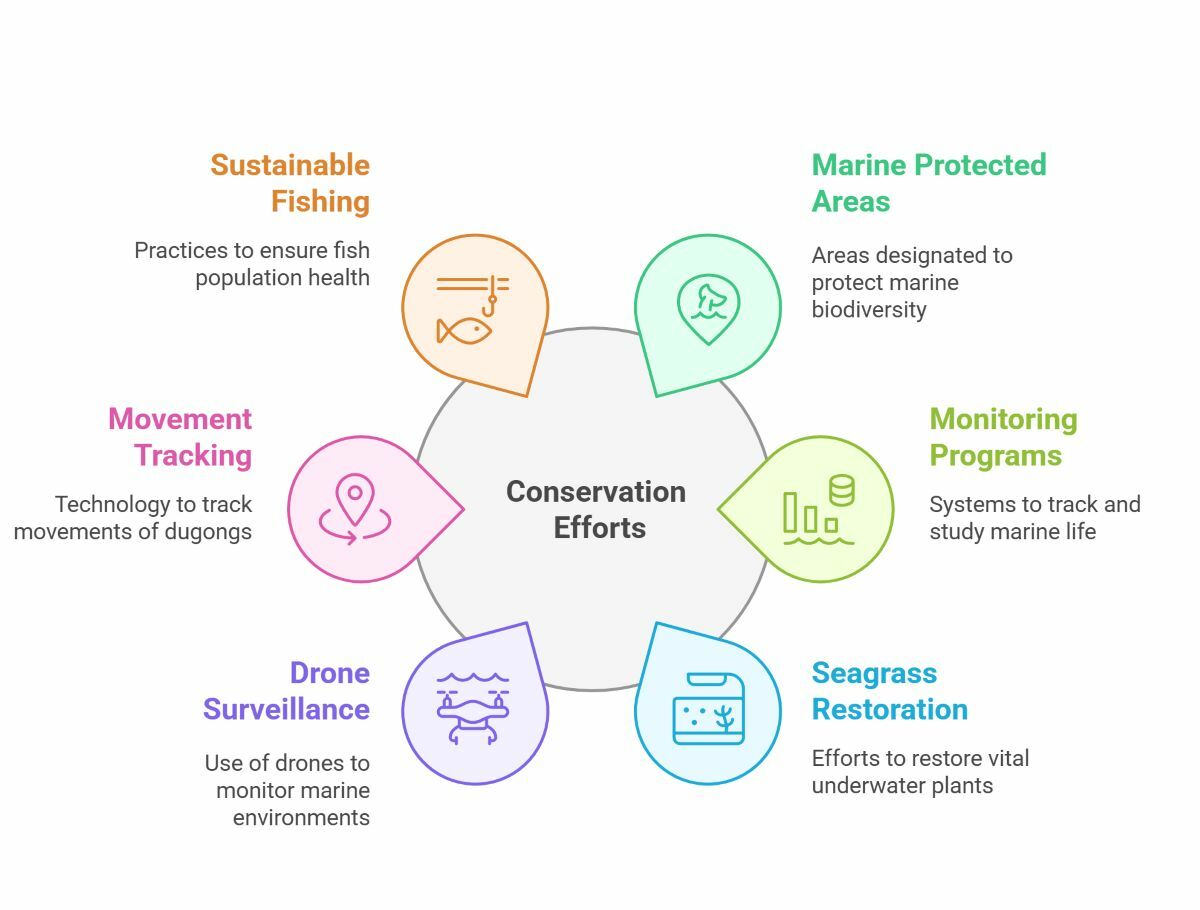
Global successes to learn from
In Australia, home to the world’s largest dugong population, extensive MPAs and the involvement of Indigenous communities in conservation efforts have proven effective in safeguarding critical habitats.
Palau, a small island nation, has implemented community-led initiatives, including bans on harmful fishing practices and public education campaigns, to stabilise its dugong population.
In Florida, seagrass restoration programs for manatees, close relatives of dugongs, have shown how reseeding degraded areas can help restore ecosystems and reduce pressure on marine species.
Why dugongs matter
Dugongs are more than just cute and gentle animals as much as they are indicators of the health of Thailand’s coastal ecosystems. Their presence signifies thriving seagrass meadows which support marine biodiversity, local fisheries, and carbon sequestration.
The loss of dugongs would not only signal the collapse of these habitats. Still, it would also have far-reaching consequences for marine ecosystems and the livelihoods of coastal communities that depend on them.
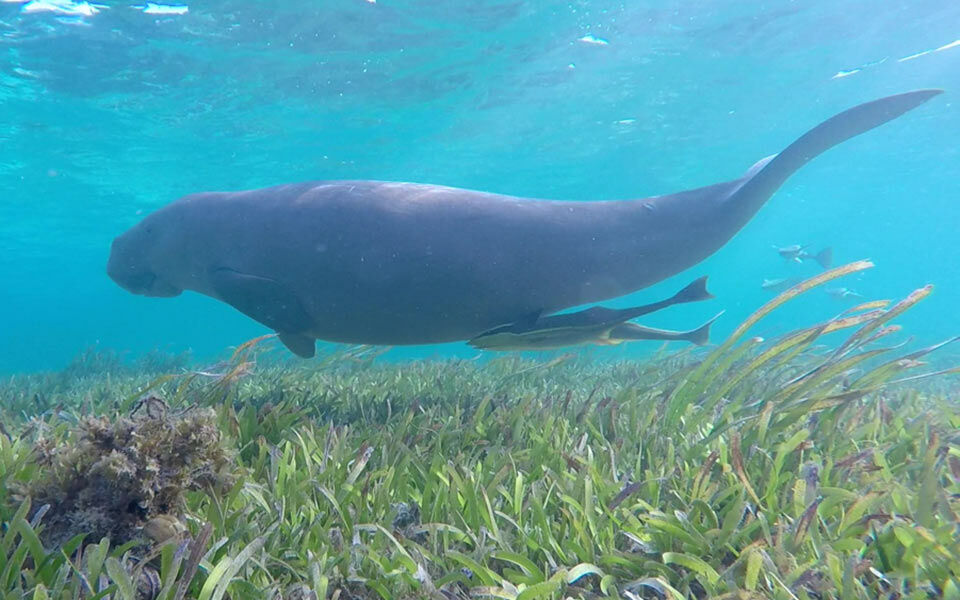
Protecting dugongs is therefore not just about saving a single species—it’s about safeguarding an entire ecosystem and addressing broader challenges like climate change and biodiversity loss. The gentle giants of Thailand’s seas hold a vital place in the ecological balance of the region, and their survival depends on urgent and collective action.
As individuals, we can make choices that protect the ocean and its inhabitants. Reduce your plastic waste, avoid products that harm marine ecosystems, and support conservation organisations working to save dugongs and their seagrass habitats. All your actions matter.
Envisioning a future for dugongs
The disappearance of dugongs would not only be a loss for Thailand’s waters; it would be a loss for the entire world. However, there is still time to change their fate and protect these gentle giants, allowing future generations to marvel at the sight of a dugong grazing in a seagrass meadow under the warm glow of a tropical sea.
While some damage may be irreversible, we can still envision a future for the dugongs. With determination, innovation, and commitment from local communities, Thailand’s dugongs may yet have a chance to thrive.
Together, we can ensure that the story of the dugong continues—not as one of loss, but as one of resilience and recovery.
Latest Thailand News
Follow The Thaiger on Google News:


























